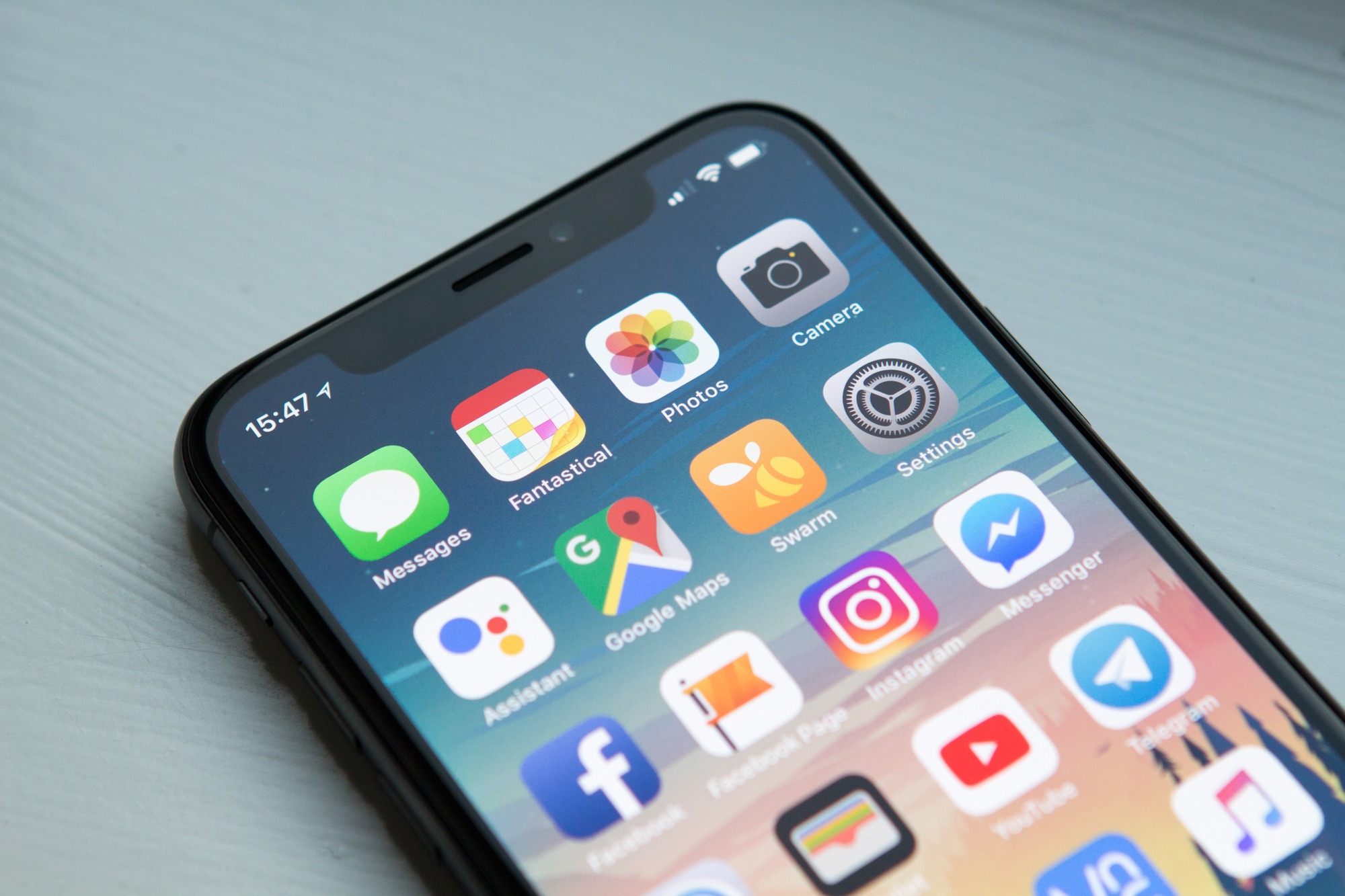Mobile App Accessibility: A Must-Have for Reaching Wider Audiences


In today’s fast-paced world of mobile technology, creating an app that caters to a diverse audience isn’t just a good idea—it’s a fundamental requirement. Mobile app accessibility is the linchpin for ensuring that everyone, regardless of their abilities or disabilities, can effectively use and enjoy your app. Embracing inclusivity is not just a social responsibility; it’s a strategic move, especially when guided by the widely recognised Web Content Accessibility Guidelines (WCAG), which sets the standard for making digital content universally accessible.
Mobile app accessibility extends beyond creating a seamless user experience for individuals with disabilities. It involves designing and developing apps that are usable by everyone, regardless of age, gender, language proficiency, or technological expertise. The WCAG provide a set of guidelines and success criteria that cover various aspects of accessibility, including perceivability, operability, understandability, and robustness.
Adhering to WCAG guidelines in your mobile app development opens the door to a broader user base. By making your app accessible, you allow people with disabilities, who often encounter barriers in using technology, to engage with your app, thereby expanding your potential user and customer base.
WCAG emphasises principles that contribute to an overall improved user experience. Well-designed interfaces with clear navigation, as suggested by the guidelines, benefit not only users with visual or cognitive impairments but also those in noisy environments or situations where they cannot look at their screens.
Many countries and regions worldwide have adopted or are in the process of adopting regulations that align with WCAG standards. Ensuring your app complies with these accessibility standards not only helps you avoid legal issues but also demonstrates your commitment to social responsibility and inclusivity.
Following the WCAG not only ensures compliance but also cultivates a positive brand image. Users appreciate brands that prioritise inclusivity, and by making your app accessible, you showcase your brand as one that cares about all its users. This positive image can lead to increased brand loyalty and positive word-of-mouth marketing.
Ensure that your app works seamlessly with screen readers, aligning with WCAG’s principles of operability and robustness, which ensures your app content is compatible with different technologies.
Adhere to WCAG guidelines by providing captions or transcripts for multimedia content. This ensures that users with hearing impairments can access information.
WCAG emphasises providing content that is adaptable and easy to read. Allow users to customise text sizes and fonts, which improves text legibility and adaptability.
Make sure your app has sufficient colour contrast for users with visual impairments, aligning with accessibility guidelines on contrast ratios. Additionally, provide customisation options for colour schemes to meet individual needs.
Implementing voice commands and gestures aligns with WCAG’s operability principle, ensuring that users with mobility impairments can navigate your app effectively.
Streamline app navigation in accordance with WCAG criteria on keyboard accessibility, making it intuitive and straightforward for users with cognitive disabilities or those less familiar with technology.
Mobile app accessibility, guided by WCAG principles promotes inclusivity and equal opportunities. By embracing digital accessibility, you not only meet global standards but also position your brand as one that values diversity and cares about its users. In the end, an accessible app, aligned with the WCAG, is a powerful tool for reaching wider audiences and making a positive impact on the lives of individuals globally.
Contact IA Labs today for more information and advice on how to make your mobile app digitally accessible.